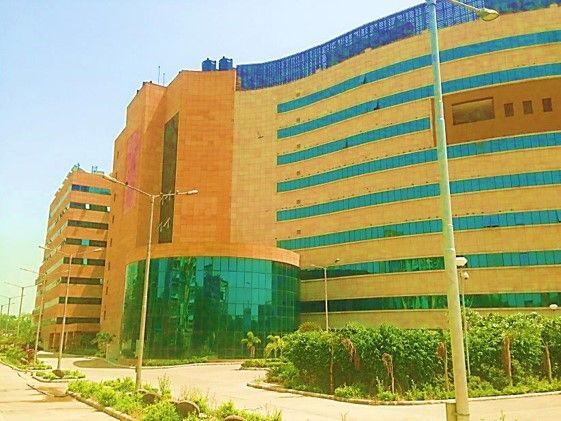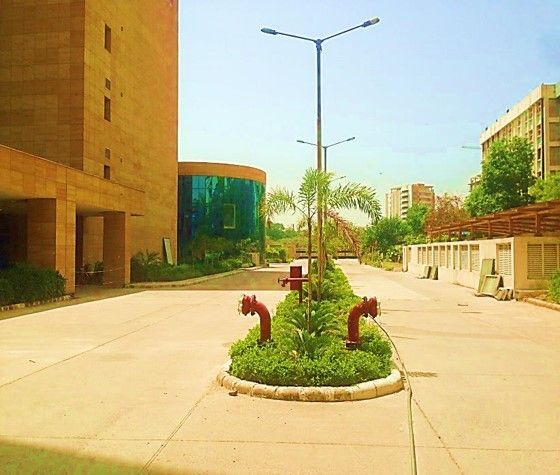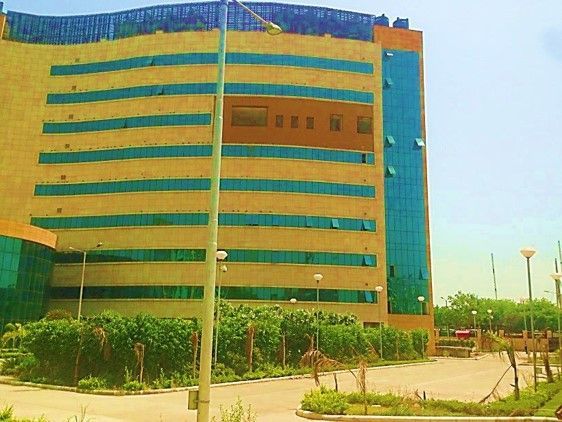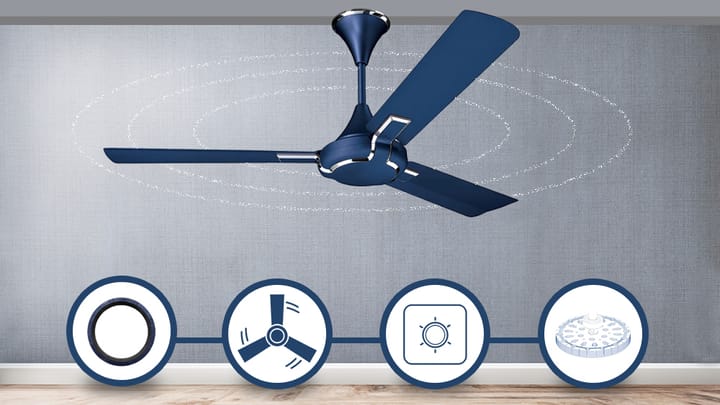Care for Humanity, Sustainably!

Article by - Surender Kumar, Shilpa TM, Anurag Bajpai
The healthcare sector in India, consumes 7.58 % of the total electricity and generates approximately 1.48 million tons of healthcare waste per year, according to the Central Pollution Control Board (CPCB) of India.
The redevelopment of Safdarjung Hospital was planned by L&T to transform the existing unplanned & congested campus to an ultramodern complex with updated Medicare services and green strategies to comprehend the excessive energy consumption. With the appropriate reinforcement and guidance from GreenTree Global, the Super Speciality Block, Safdarjung Hospital campus bagged 3-star award from GRIHA.
As part of its mission to aid ongoing construction projects, GreenTree Global will discuss various green building and environmental measures, we have come up with to have a sustainable hospital.

GRIHA rating has managed to implement a vision for green buildings in India through a rating system designed for the Indian construction sector with key note on Site Planning, Construction Management, Energy, Occupant Comfort and Well Being, Water, Sustainable building materials, Solid waste management, Socio Economic Strategies and Performance monitoring and validation.

Environmental measures for Green Buildings
Based on the initial project discussion, the team sought maximum savings, resulting in a 53.7% reduction over GRIHA benchmark. In order to accomplish this goal, the following parameters were considered:
• Fly-ash brick with an air gap and cladding on the external façade.
• Use of Double Glazing glass,
• Recessed window as a design element,
• Solar reflective tiles on rooftop,
• Led lighting,
• HVAC cooling system 5 number (4 W+1 Standby) of Water Cooled Centrifugal Chillers have been installed,
• Secondary Chilled Water Pump Control Variable Speed type

At least 25% of outdoor lights are connected to a renewable energy system as part of the project. This represents 1.3% of the total connected loads for artificial lighting (internal and external) and space conditioning.

Further, the solar water heating system on site is capable of conserving 50-70% of the entire energy required for hot water on an annual basis.

To ensure minimum use of water during construction, various methods were adopted.
• Gunny bags were used for minimizing/optimizing the use of water for the curing of columns and beams,
• Ponding of water was done for the curing of the slab,
• Curing compounds were used,
• Use of RMC for preventing water losses during water mixing

The project has successfully reduced water consumption for landscapes by more than 40% over the GRIHA base case. This has minimized municipal water use and groundwater depletion by using native and drought-tolerant species and providing an efficient irrigation system.

The 470KLD MBBR water treatment plan treat the 100% wastewater generated on-site and reuse for flushing & irrigation purpose which reduced the water demand load on municipal water supply.

More than 70% of the total quantity of materials used for sub-assembly/internal partitions/ panelling/false-ceiling/in-built furniture is low-energy materials. 100% of all paints, adhesives, and sealants used in building interior are low VOC. 100% of all composite wood products are free from urea-formaldehyde.

Project have adopted various universal design elements such as toilets for the disable, reserved car parking space, lifts with brail, audio assistance with handrails and building management policies and procedures, etc.

No use of tobacco products, including cigarettes, smokeless tobacco, and electronic cigarettes are permitted within the premises at any time. Project also have biodegradable and non-biodegradable dustbins within the block as well as on the site.

Salutations
Comparison of Super Specialty Block-Co-Paid Ward with a conventional hospital building shows 53.7% energy savings, water consumption about 50% more than the GRIHA benchmark, and more than 70% of all materials categorized as sub-assemblies are low-energy materials. Hence demonstrating the importance of sustainable hospitals





